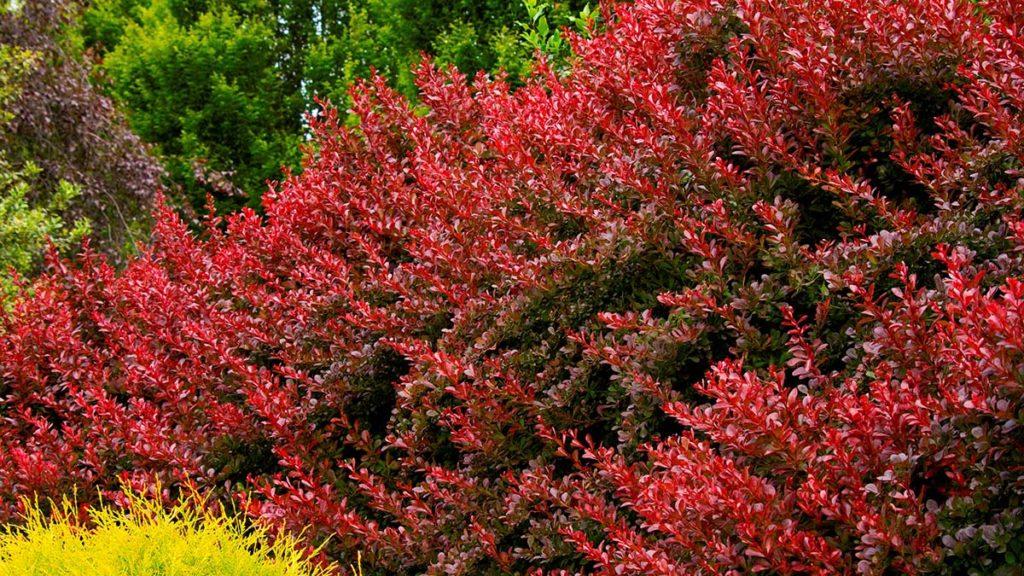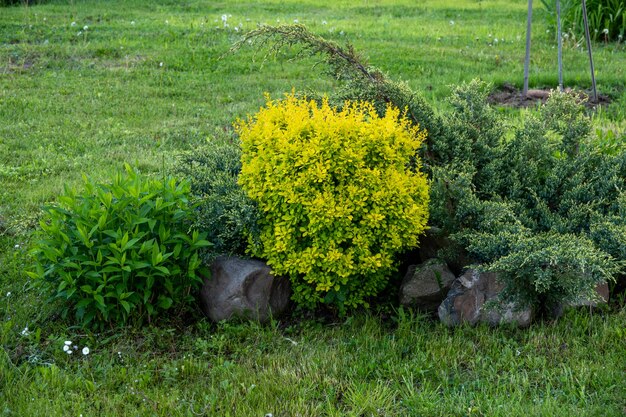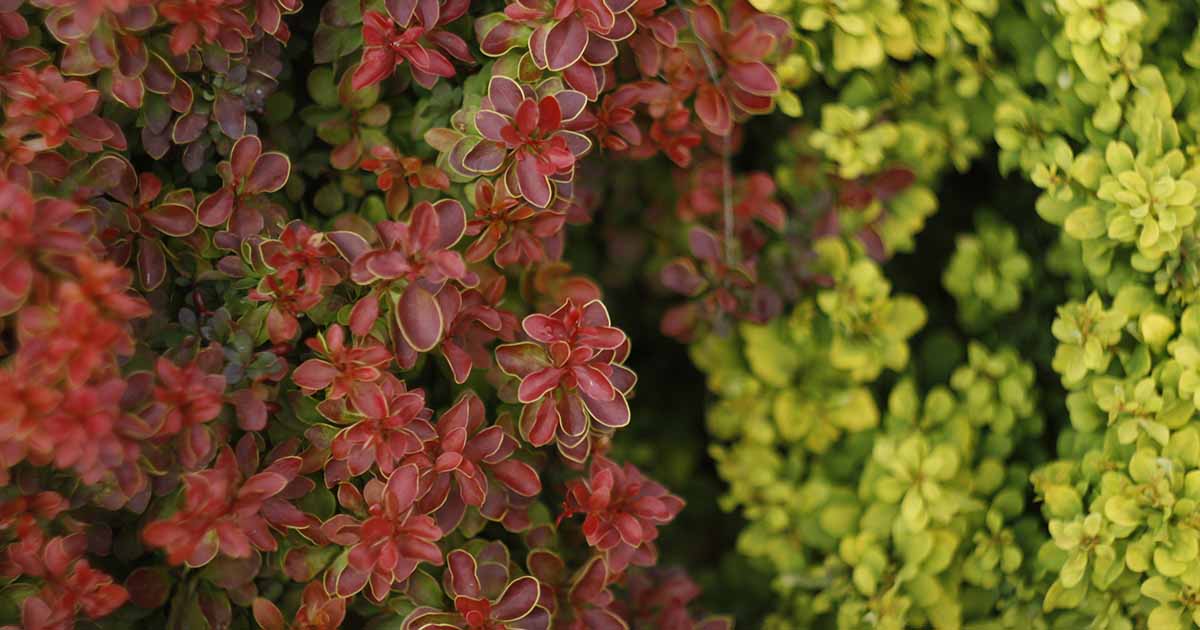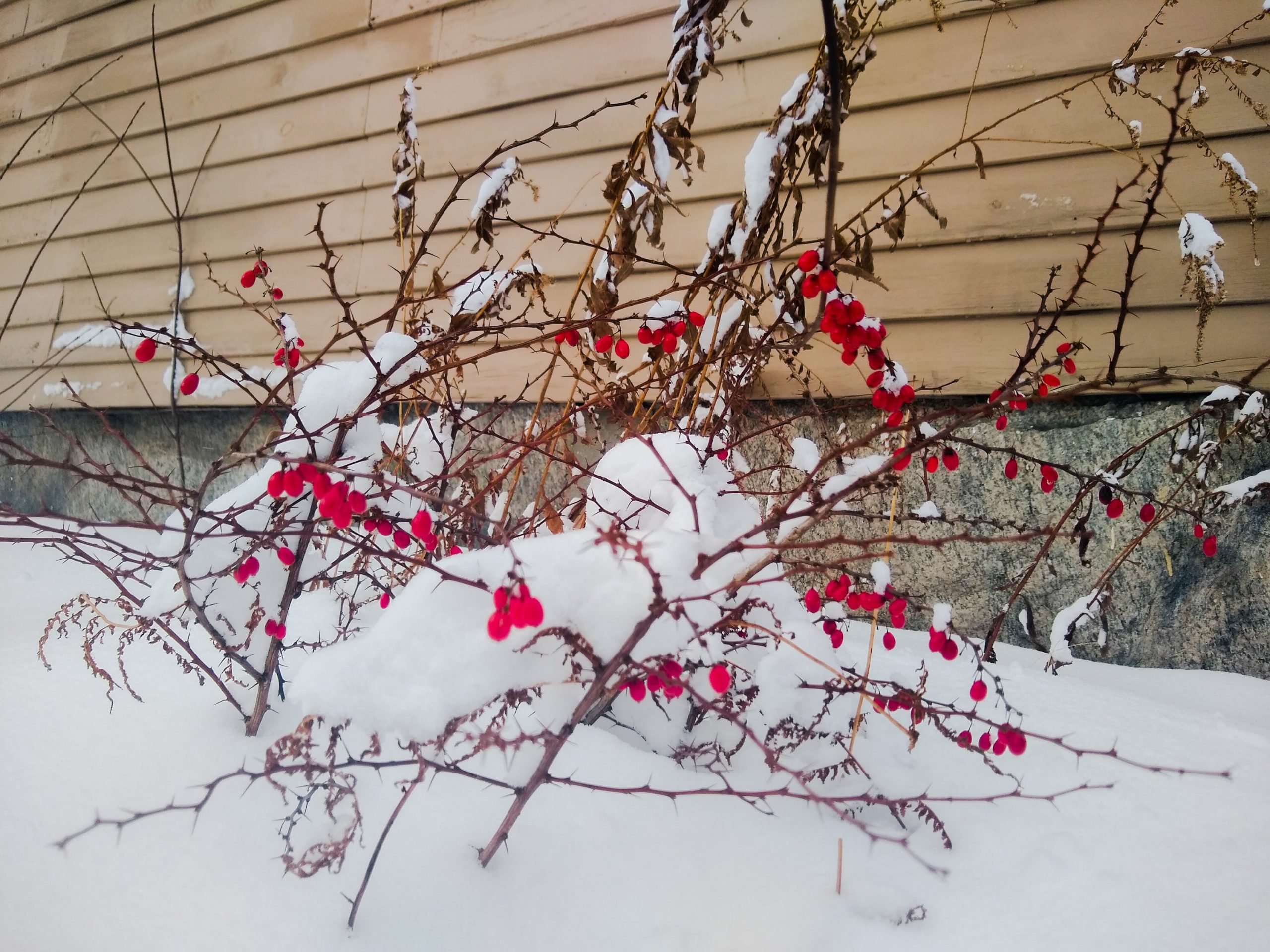The Barberry Bush: A Beautiful And Versatile Shrub
The Barberry Bush: A Beautiful and Versatile Shrub
Barberry bushes are a popular choice for gardeners because they are beautiful, versatile, and relatively easy to care for. There are many different varieties of barberry bushes, each with its own unique appearance. Some barberry bushes have colorful leaves, while others have thorns. Some are evergreen, while others are deciduous.
No matter what your taste, there is sure to be a barberry bush that is perfect for your garden. Barberry bushes can be used as hedges, borders, specimen plants, or groundcovers. They are also deer-resistant, so they are a good choice for gardens where deer are a problem.
In this blog post, we will discuss the different types of barberry bushes, how to care for them, and some of the benefits of planting them in your garden.
Types of Barberry Bushes
There are many different types of barberry bushes, each with its own unique appearance. Some of the most popular varieties include:
- Japanese barberry: This is the most common type of barberry bush. It has bright green leaves that turn red, orange, or yellow in the fall. Japanese barberry bushes are relatively small, growing to only about 3 feet tall.

- Evergreen barberry: This type of barberry bush has dark green leaves that stay on the plant all year round. Evergreen barberry bushes are larger than Japanese barberry bushes, growing to about 6 feet tall.

- Thorny barberry: This type of barberry bush has sharp thorns on its branches. Thorny barberry bushes are a good choice for gardens where you want to discourage people or animals from entering a certain area.

- Dwarf barberry: This type of barberry bush is very small, growing to only about 1 foot tall. Dwarf barberry bushes are a good choice for small gardens or containers.

How to Care for Barberry Bushes
Barberry bushes are relatively easy to care for. They need full sun or partial shade and well-drained soil. Barberry bushes are drought-tolerant, but they will do better if they are watered regularly during the summer months.
Barberry bushes should be pruned in the spring or fall. Pruning will help to keep the bush healthy and to encourage new growth.
Benefits of Planting Barberry Bushes
There are many benefits to planting barberry bushes in your garden. Here are a few of the most important benefits:
- Beauty: Barberry bushes are beautiful plants that can add color and interest to any garden.
- Versatility: Barberry bushes can be used in a variety of ways, including as hedges, borders, specimen plants, or groundcovers.
- Deer resistance: Barberry bushes are deer-resistant, so they are a good choice for gardens where deer are a problem.
- Low maintenance: Barberry bushes are relatively low-maintenance plants. They are drought-tolerant and do not require a lot of pruning.
Conclusion
Barberry bushes are a beautiful and versatile addition to any garden. They are deer-resistant, low-maintenance, and can be used in a variety of ways. If you are looking for a new plant to add to your garden, a barberry bush is a great option.
Barberry bushes are a beautiful and versatile addition to any garden. They are native to Asia, but have been naturalized in many parts of the world. Barberries are known for their colorful foliage, which can range from yellow to orange to red. They also produce edible berries that are a favorite of birds and other wildlife.
If you are interested in learning more about barberry bushes, I recommend visiting Garden Wiki. This website has a wealth of information about barberries, including their history, cultivation, and uses. You can also find photos, videos, and articles about barberries on this website.
FAQ of barberry bush
Question 1: How much light does barberry need?
Answer: Barberry bushes prefer full sun, but they can also tolerate part shade. If you live in a hot climate, you may want to plant your barberry in a spot that gets some afternoon shade.
Question 2: What type of soil does barberry need?
Answer: Barberry bushes prefer well-draining soil. They will not tolerate soggy soil, so it is important to choose a planting site that has good drainage.
Question 3: How do you care for a barberry bush?
Answer: Barberry bushes are relatively easy to care for. They do not need a lot of water, but they should be watered regularly during the first year after planting. Barberry bushes also benefit from light pruning in the spring to remove dead or damaged branches.
Question 4: How do you propagate barberry bush?
Answer: Barberry bushes can be propagated by seed, but they are more easily propagated by root cuttings. To propagate barberry by root cuttings, take 4-6 inch cuttings from a healthy, mature barberry bush in the fall. Plant the cuttings in a well-draining potting mix and keep the soil moist. The cuttings should root in about 6-8 weeks.
Question 5: What are some common pests and diseases of barberry bush?
Answer: Barberry bushes are susceptible to a few pests and diseases, including:
- Aphids: Aphids are small, sap-sucking insects that can cause leaves to curl and yellow. They can be controlled with insecticidal soap or neem oil.
- Japanese beetles: Japanese beetles are large, metallic green beetles that can skeletonize leaves. They can be controlled with carbaryl or pyrethrins.
- Anthracnose: Anthracnose is a fungal disease that can cause leaves to develop black spots. It can be controlled with a fungicide.
Image of barberry bush
- A close-up of a barberry bush with its spiny branches and bright yellow flowers.

- A full-size image of a barberry bush with its green leaves and red berries.

- A group of barberry bushes in a garden, with their different colors of leaves.

- A barberry bush in the fall, with its leaves turning red, orange, and yellow.

- A barberry bush in winter, with its bare branches and red berries.

Post a Comment for "The Barberry Bush: A Beautiful And Versatile Shrub"